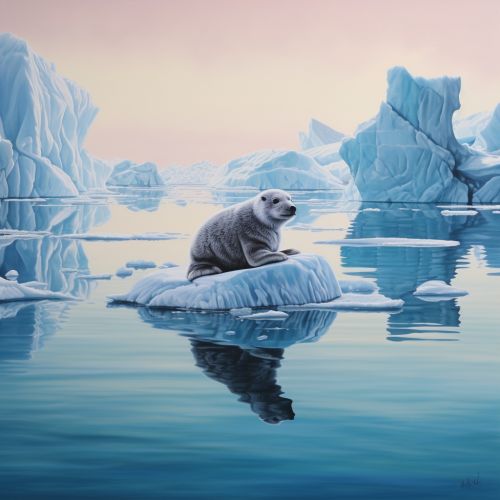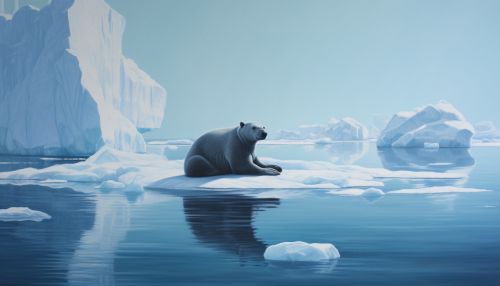Seal (mammal)
Classification and Evolution
Seals are a diverse group of semi-aquatic mammals in the order Carnivora, suborder Pinnipedia. The term "seal" is often used to refer to all pinnipeds, but it is more accurately applied to members of the family Phocidae, also known as true seals or earless seals. Other members of the Pinnipedia include the eared seals (sea lions and fur seals) and the walrus.


The evolutionary history of seals is a topic of ongoing research. It is generally accepted that seals evolved from terrestrial carnivorous ancestors in the Miocene epoch, around 23 to 5 million years ago. The earliest known pinniped, Enaliarctos, was a semi-aquatic creature that lived around 24 million years ago and displayed characteristics of both terrestrial carnivores and modern seals.
Anatomy and Physiology
Seals have a streamlined body adapted for efficient swimming. The body is fusiform (spindle-shaped), with a large thorax and abdomen, and a relatively small head. The limbs are modified into flippers, with the forelimbs being shorter than the hindlimbs. The skin is covered in a layer of dense, short fur, and there is a thick layer of blubber under the skin for insulation and buoyancy.
Seals have several adaptations for their semi-aquatic lifestyle. They have a high concentration of myoglobin in their muscles, which allows them to store oxygen for prolonged dives. Their nostrils are capable of closing to prevent water entry during dives. The eyes are large and well-adapted for seeing underwater, with a specialized lens and cornea for focusing, and a tapetum lucidum for enhancing low-light vision.
Behavior and Ecology
Seals are found in a variety of marine habitats, from the polar ice caps to tropical waters. They are generally solitary animals, but can form large colonies during the breeding season. They spend most of their time in the water, but come ashore to rest, molt, and breed.
Seals are carnivorous, feeding primarily on fish and invertebrates. Some species also eat birds and other mammals. They are preyed upon by a variety of predators, including sharks, killer whales, and polar bears.
Seals have a variety of vocalizations, used for communication and during the breeding season. Males of some species, such as the northern elephant seal, use vocalizations in territorial disputes.
Conservation
Many seal species are threatened by human activities, including hunting, pollution, and climate change. Several species are protected under national and international laws, and conservation efforts are ongoing to protect and restore seal populations.
